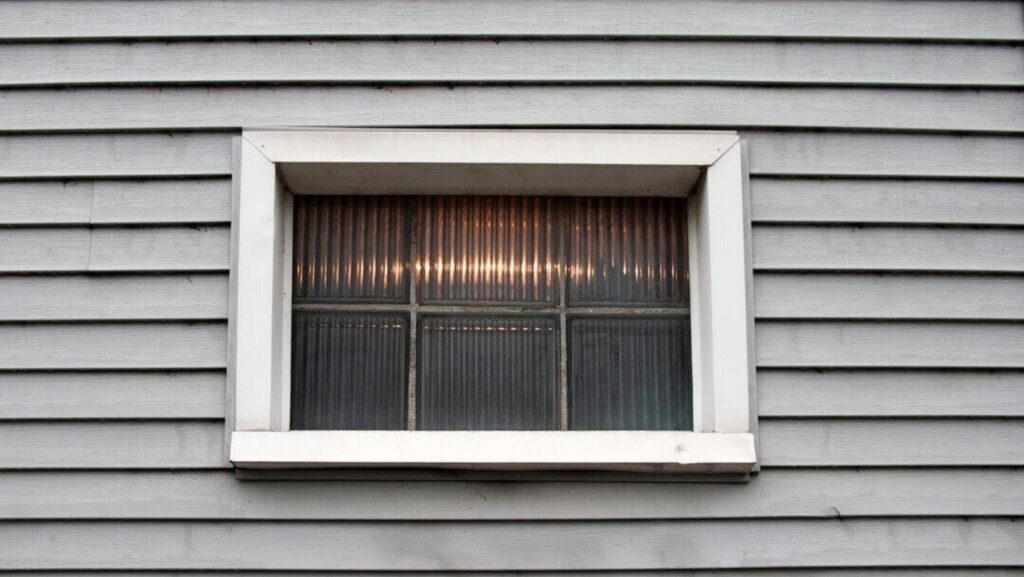Your home’s siding is more than just a pretty face. It’s the first defense against the elements, a key player in your home’s insulation, and an essential part of its curb appeal. But just like everything else, siding doesn’t last forever. This blog post guides you through the telltale signs that indicate it’s time to replace your siding. Whether you’re worried about energy efficiency or simply want to keep your home looking fresh, knowing when to take action can save you money and stress in the long run.
The Role of Siding in Your Home’s Health
Siding acts like your home’s armor, shielding it from rain, wind, and harsh sunlight. It keeps the weather out and your comfort in. Good siding also contributes to your home’s energy efficiency. It’s responsible for keeping the heat inside during winter and the cool air during summer. Your siding is also crucial to your home’s visual appeal, playing a big part in its overall aesthetic. Ensuring its top condition is essential for maintaining its function and appearance.
When siding fails, it can lead to several issues, including moisture infiltration, increased energy costs, and even structural damage. According to reputable Long Island siding installation service providers, regularly inspecting your siding can help catch these problems early. By paying attention to what your siding tells you, you can avoid costly repairs and keep your home in tip-top shape. Ignoring siding issues can lead to more significant headaches down the line. Neglected siding can cause mold growth, rotting wood, and even pest infestations. The best approach is to be proactive.
Visible Cracks and Warping
One of the most obvious signs that your siding needs replacing is visible cracks and warping. These are often caused by harsh weather conditions, like heavy storms or intense heat, which can damage your siding. When you notice cracks, don’t ignore them. Warping indicates that the siding material has expanded and contracted too much, losing its original shape and effectiveness.

Over time, even small cracks can develop into significant issues. Moisture can get trapped behind the siding, leading to mold growth and wood rot. Warping can also affect the alignment of your siding panels, making your home appear uneven and unsightly. This diminishes your home’s curb appeal and can impact its structural integrity.
If you spot any significant cracking or warping, it’s a clear sign that your siding has reached the end of its lifespan. In such cases, replacing the siding entirely is often the best solution. It’s a proactive step to prevent more serious problems and ensure your home remains well-protected and attractive.
Bubbling or Blistering
Bubbling or blistering on your siding is a sign of trapped moisture, often resulting from prolonged exposure to excessive heat or poor installation. Bubbles can form when water seeps into the siding material, causing it to expand unevenly. This compromises the siding’s ability to protect your home from the elements. This issue is prevalent in humid climates where moisture levels are consistently high. Even the best-quality siding can suffer from bubbling if it’s not installed correctly or lacks proper ventilation. Once you notice bubbling, address the problem promptly before it leads to more severe damage, like mold or mildew growth.
Replacing siding that shows signs of bubbling or blistering is essential for maintaining the health of your home. New siding will better withstand the elements, offering improved protection and a fresh appearance. It’s also an opportunity to assess the underlying structure of your home, ensuring that no moisture has made its way inside.
Faded Colors and Peeling Paint
While fading colors and peeling paint may seem like cosmetic issues, they can signal more profound problems with your siding. Faded colors could indicate that your siding has been exposed to UV rays and harsh weather for too long, weakening its protective finish. Peeling paint can suggest moisture has penetrated the siding, disrupting the bond between the paint and the material underneath. These issues affect your home’s appearance and performance.
Faded or peeling siding may no longer provide adequate protection, leading to increased energy costs and potential water damage. If your siding’s appearance has noticeably deteriorated, it’s time to consider replacement to maintain your home’s value and efficiency.

Replacing old siding with new, vibrant materials can instantly boost your home’s curb appeal. Modern siding options come with advanced UV protection and weather-resistant finishes, ensuring your home stays beautiful and well-protected for years.
Your home’s siding is vital in protecting and enhancing your property. By staying vigilant and recognizing the signs of siding damage, you can take action before problems worsen. Replacing siding when needed will maintain your home’s integrity, efficiency, and curb appeal. Don’t wait until it’s too late—addressing siding issues promptly can save you from costly repairs and ensure your home remains a haven. If you’re unsure about the condition of your siding, consider consulting a professional for an expert assessment.
